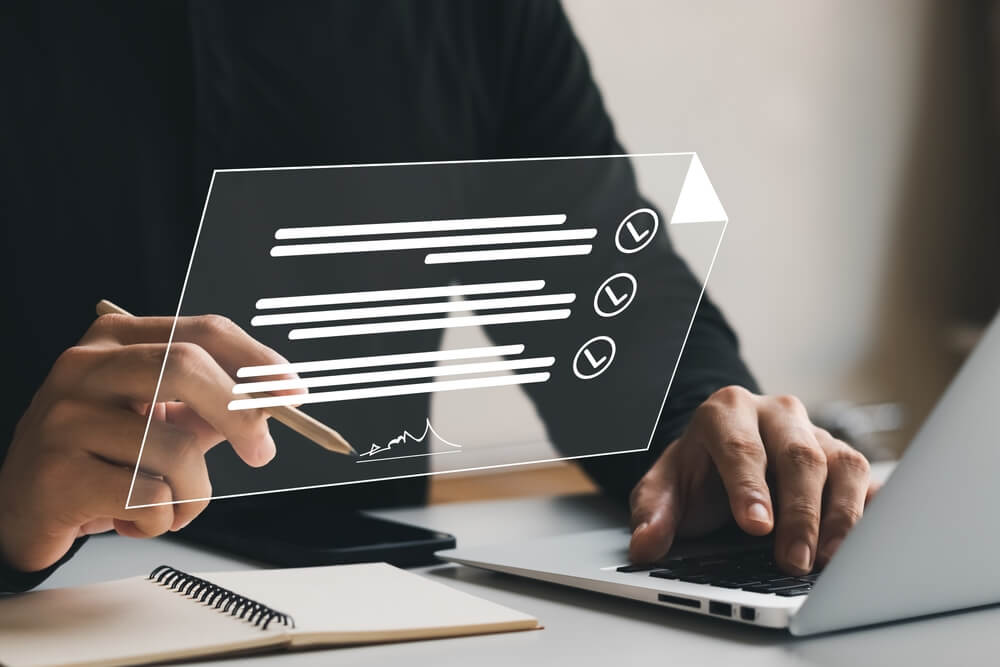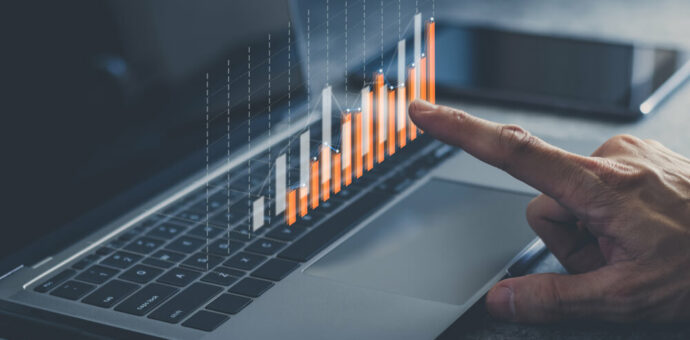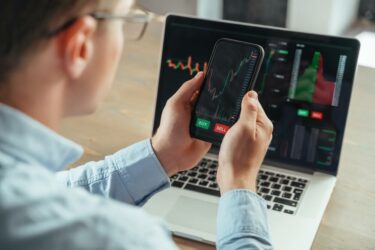The real economy gains strength from the crypto universe. In the financial world, the tokenization of real assets brings liquidity and flexibility to a segment that, until very recently, was limited by physical space. Do you know what real assets are and how to invest in them using crypto assets?
Real asset vs. financial asset
There are three types of assets in the traditional market: real assets, financial assets, and intangible assets. All of them have economic value and are therefore classified in this way. The difference between each one is in the physicality.
Unlike financial assets and intangible assets, real assets are concrete. Real estate, cars, and commodities like gold and silver are examples of such assets. Therefore, they are items that are used in the real economy.
Real assets tend to be more stable than their peers, as they are less affected by market fluctuations, even in the case of macroeconomic cycles. Therefore, they are considered safe assets in times of high inflation or fluctuating interest rates.
On the other hand, real assets have a clear problem for investors: liquidity. Because they are tied to their physical substance, they are harder to sell and have higher transaction fees.
In addition, real assets have higher carrying and storage costs than financial assets. For example, physical gold bars usually must be stored in third-party facilities, which charge monthly rental and insurance fees.
Real asset and tokenization
And this is where the crypto market fits like a glove to real assets: it provides liquidity and transactional speed because it digitizes the asset’s record.
For the real asset to become a digital crypto asset, it goes through a process called “tokenization”. It becomes a token, a code that represents it in the digital world. It is not just a matter of digitizing the real asset but of transforming it into a record that can be transacted.
When pre-existing real assets are tokenized, they continue to exist in the material world and have their value mirrored on the blockchain. To do this, tokenization verifies, registers, and encrypts these assets through smart contracts, creating a digital marketplace for them.
By guaranteeing the authenticity of assets in the digital world, tokens also assert another essential point for financial transactions: ownership.
If a predefined contract condition is met, the algorithm stored in the digital contract triggers the events specified in the code. For example, a transaction or a transfer in land registery can be carried out without any human intervention, as Ernest & Young partner Karl Frank Meinzer explains in an article.
What can be a token?
In theory, all real assets can be tokenized, such as:
- commodities;
- metals;
- real estate;
- collectibles;
- art.
Not surprisingly, predictions are that the tokenization market could reach US$ 5.6 billion by 2026, an increase of 19% per year.
Benefits of tokenizing real assets

Tokenization allows the exchange of real assets without physical barriers. Moreover, it enables the direct transaction of physical products without needing third parties, using blockchain to ensure immutability and transparency.
Trading of assets usually takes days to months to reach an agreement. In addition, it involves external entities to validate transaction documentation and investor eligibility, which adds extra costs to the process.
Perhaps the most significant benefit of tokenizing real assets is the fractionalization of their value to multiple owners.
“Decentralized fractionalization divides large assets into smaller fungible parts, providing a secure and traceable way to divide them”, explains the Brazilian Financial and Capital Markets Association (Anbima) in a document.
Imagine, for example, a commercial property with an estimated value of US$ 10 million. Before, it was only possible to sell it in its entirety to institutional investors or to sell each unit. Tokenization allows the same building to be divided into 100 thousand US$ 100 tokens, each with separate ownership and contract. Such tokens can be tracked by blockchain and secured via smart contracts.
This fractionalization unlocks the entry of billions of potential investors into the market and ensures increased liquidity of these physical assets.
Tokenization would open up opportunities for new investors and allow them to diversify their investment portfolio into assets they could not previously afford, as in the case of real estate properties or even collectible art. With crypto assets, multiple people could hold tokens of a Pablo Picasso painting, for example.
Challenges for the tokenization of real assets
For this market to unlock and evolve, some challenges need to be overcome. The first is the uncertainty in the standardizations and codes for developing and managing these types of assets. Banks and financial institutions are still adapting to this reality.
The regulatory issue is also a barrier. After all, real assets are more regulated, and their loss tends to bring more risk to people. In this sense, regulators are already working to establish legal frameworks to absorb digital assets. For example, in Brazil, the courts in Rio Grande do Sul recently regulated the registration of real estate swap using tokens.
Do you want to learn how to take advantage of the opportunities with real assets in the DeFi environment? Then, know more about some exclusive solutions here!







